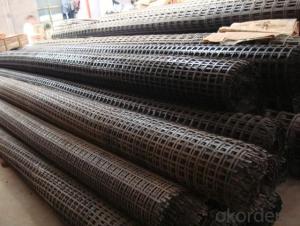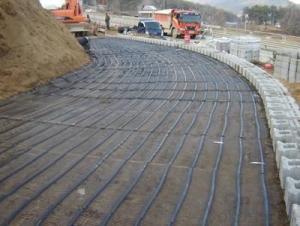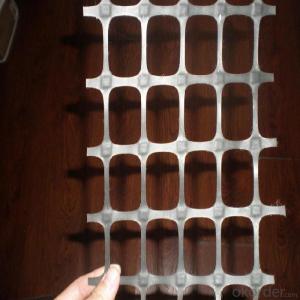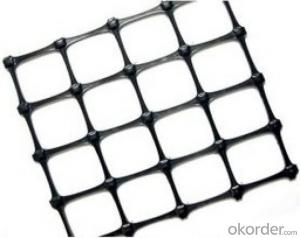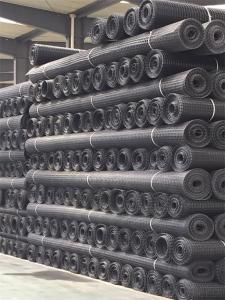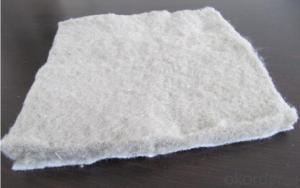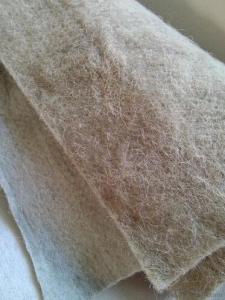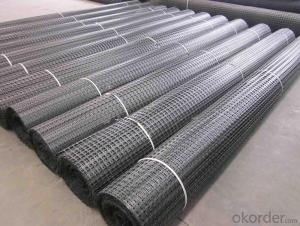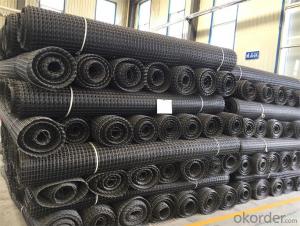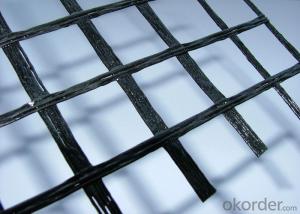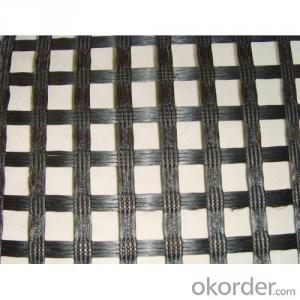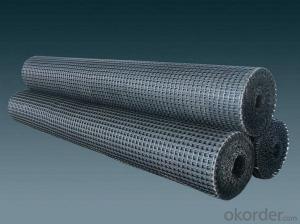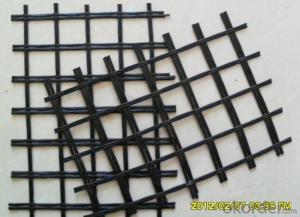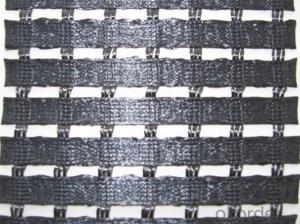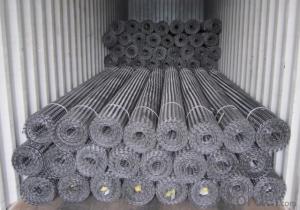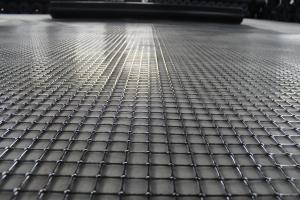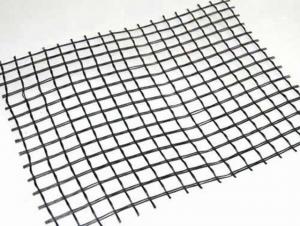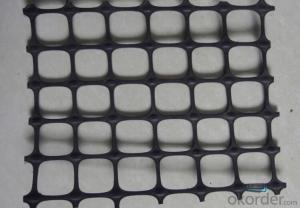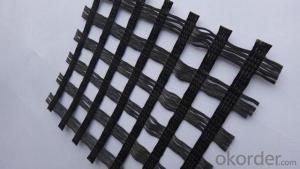Interlock Geogrids - Glass Fiber Geogrid with CE Certificate for Construction
- Loading Port:
- Shanghai
- Payment Terms:
- TT OR LC
- Min Order Qty:
- 85800 m²
- Supply Capability:
- 1000000 m²/month
OKorder Service Pledge
OKorder Financial Service
You Might Also Like
The Description of Glass Fiber Geogrid
Glass fiber geogrid is a kind of new favorable earthwork base material to strengthen the road surface and roadbed. This product is made by weaving and covering fiberglass filament. It is featured by high vertical and horizontal tensile strength, low unit extension, high flexibility, and favorable high and low temperature resistance. The products after surface covering own the favorable property of alkali resistance and aging resistance.
The details of Glass Fiber Geogrid
| Type: | Geogrid | Material: | glass fiber geogrid | Place of Origin: | China (Mainland) |
| Certificates: | CE,ISO | Color : | White & Black | Width : | 1m--6m |
| Length | 50-200m | Mesh Size: | 10-40mm | Tensile Strength | 30KN-300KN |
| Area Weight | 130-900g/sm | Package | PP bags or PE film | Approximate mesh size | 12.7*12.7 25*25 40*40 |
Packaging & Delivery
| Packaging Details | PP bags or PE film. Or Packed as customers' requests; |
| Delivery Detail | 10-20days after see the payment. |
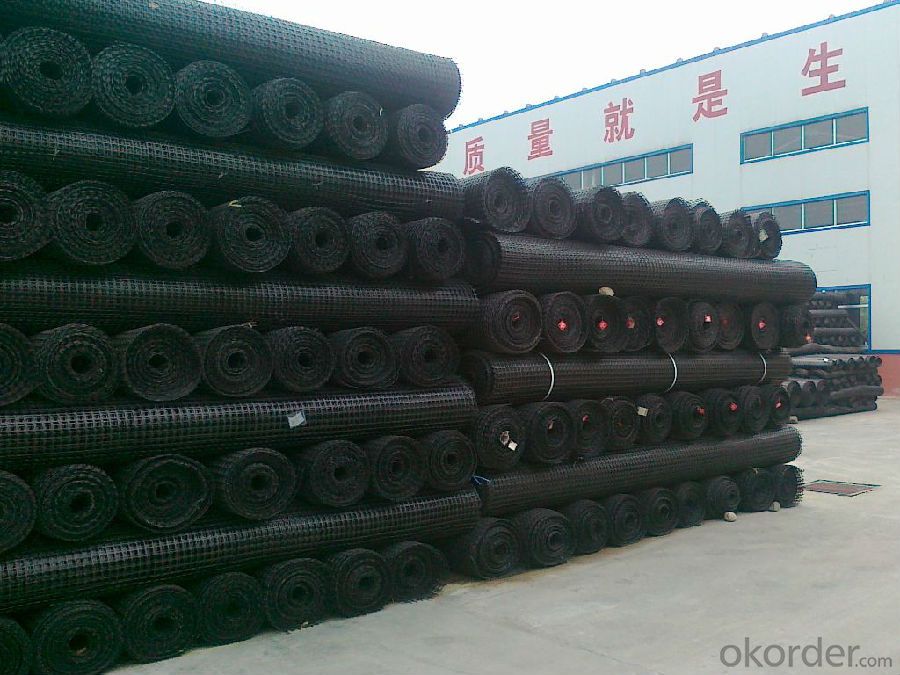
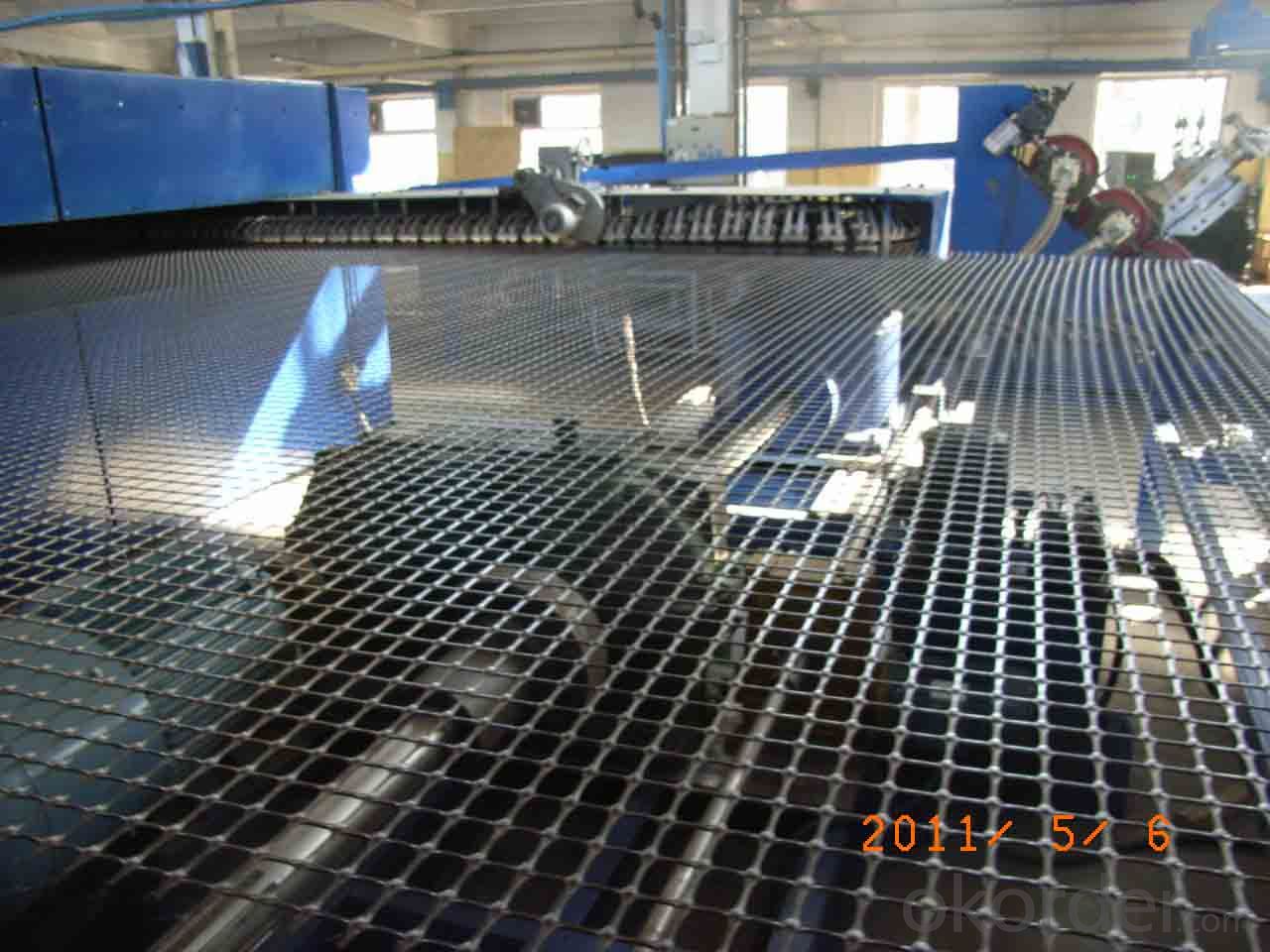
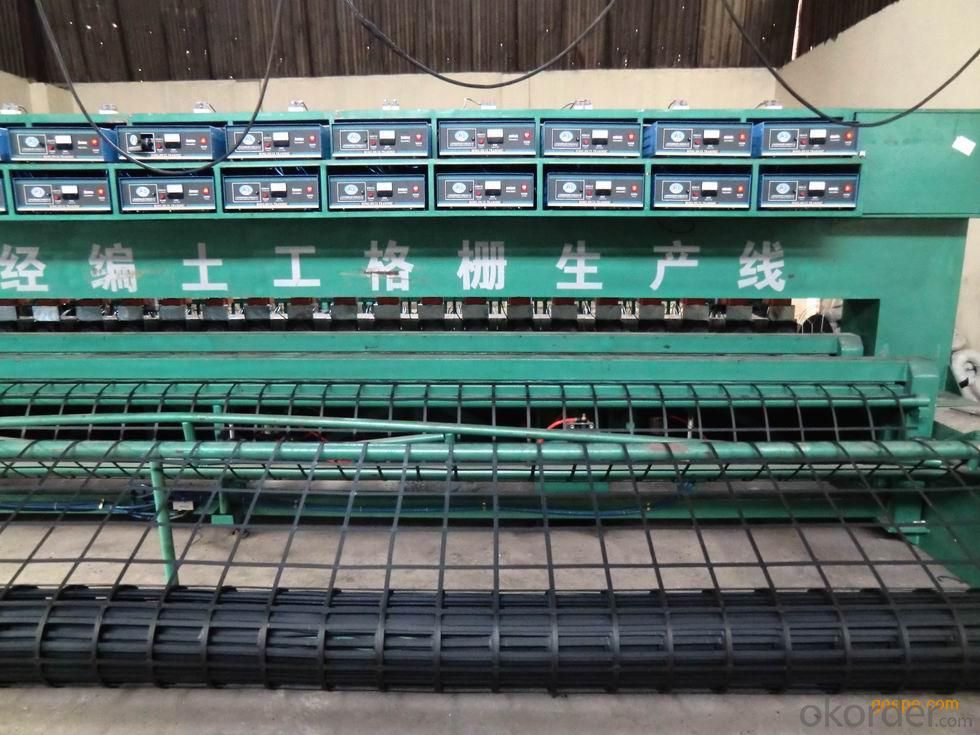
Remarks: we are very large fortune 500 enterprise with more than 20branches in worldwide, and have almost ten years export experience in geosynthetic field. We have kunlun bank account and have many Iran geosynthetics customers.So if any question or support, please just feel free to contact me at any time.
- Q: What are the six main functions of Geosynthetics
- The special geotechnical synthetic material also includes the soil cushion, the earthwork net, the geogrid, the geocell, the geomembrane bag and the geotechnical foam.
- Q: How are geogrids manufactured?
- Geogrids are manufactured through a process known as extrusion, where high-density polyethylene (HDPE) or polypropylene (PP) materials are melted and forced through a die to create a continuous mesh-like structure. This structure is then stretched in different directions to orient the polymer molecules, giving the geogrid its strength and stiffness. The material is then cooled, cut to the desired length, and rolled into large rolls for distribution and use in various geotechnical applications.
- Q: Can geogrids be used in erosion control blankets?
- Yes, geogrids can be used in erosion control blankets. Geogrids are commonly used as reinforcement materials in erosion control applications to provide additional strength and stability to the blanket, preventing soil erosion and promoting vegetative growth.
- Q: Can geogrids be used in reinforcement of mechanically stabilized earth bridge abutments on collapsible soils?
- Yes, geogrids can be used in the reinforcement of mechanically stabilized earth bridge abutments on collapsible soils. Geogrids are commonly used in such applications to enhance the stability and load-bearing capacity of the soil, preventing lateral movement and potential collapse. The geogrids provide additional tensile strength and distribute the loads more efficiently, ensuring the long-term stability and durability of the bridge abutments on collapsible soils.
- Q: How do geogrids improve the performance of mechanically stabilized slopes under dynamic loading?
- Geogrids improve the performance of mechanically stabilized slopes under dynamic loading by providing reinforcement and enhancing the soil's strength and stability. They distribute the applied forces more evenly, reducing stress concentrations and preventing slope failure. Additionally, geogrids increase the friction between soil particles, reducing lateral movement and maintaining slope integrity even during dynamic loading events such as earthquakes or heavy traffic.
- Q: How do geogrids enhance the stability of railway track embankments?
- Geogrids enhance the stability of railway track embankments by providing reinforcement and preventing soil erosion. They are placed within the embankment layers, creating a strong and stable foundation. The geogrids distribute the load from the trains more evenly, reducing settlement and the risk of track deformation. Additionally, they improve drainage and prevent water accumulation, which can weaken the embankment structure. Overall, geogrids increase the longevity and performance of railway track embankments by enhancing their stability and reducing maintenance needs.
- Q: What are the factors that affect the design and selection of geogrids for geosynthetic reinforcement of steep slopes?
- There are several factors that affect the design and selection of geogrids for geosynthetic reinforcement of steep slopes. These factors include the slope angle, soil type and properties, anticipated loads and stresses, project objectives, and budget constraints. Additionally, site-specific conditions such as climate, drainage, and vegetation should be considered. Properly considering these factors ensures that the selected geogrids are suitable for the specific slope reinforcement needs, providing stability, erosion control, and long-term durability.
- Q: How do geogrids help with load distribution?
- Geogrids help with load distribution by providing a reinforced structure that distributes the weight of a load evenly across a larger area. They act as a stabilizing layer within the soil, preventing the lateral movement of particles and reducing the potential for settlement or deformation. This helps to enhance the load-bearing capacity of the soil and prevent localized stress concentrations, ensuring a more uniform distribution of loads and improving the overall stability of the structure.
- Q: What is the difference between gsl30-hdpe geogrid and 30*30kn/m?
- (see description brochure) application of geogrid 2, geogrid can improve the bearing capacity of the foundation (generally can raise more than 40%), increase the diffusion angle, so that the grid filling load diffusion angle increased to 50 from an average of 38 degrees; uneven settlement control, delaying the sedimentation rate; at the same time the role of axial loading and achieve the same effect, can be reduced by 30% - 40% of the thickness of the reinforced embankment, geogrid, traffic volume as the thickness of the Lujikeduo bearing more than 3.5 times. As a reinforced material of reinforced retaining wall and steep slope, the unidirectional geogrid is not only safe and economical, but also because of its special mesh size, the surface of the reinforced structure is easy to be green. 3, grille appearance
- Q: In the middle of geogrid foundation treatment process is belongs to the concealed work it
- According to the definition of concealed engineering
Send your message to us
Interlock Geogrids - Glass Fiber Geogrid with CE Certificate for Construction
- Loading Port:
- Shanghai
- Payment Terms:
- TT OR LC
- Min Order Qty:
- 85800 m²
- Supply Capability:
- 1000000 m²/month
OKorder Service Pledge
OKorder Financial Service
Similar products
Hot products
Hot Searches
Related keywords

